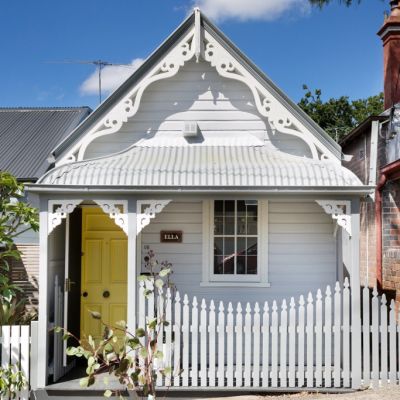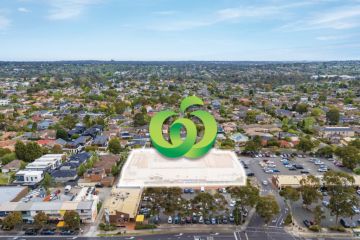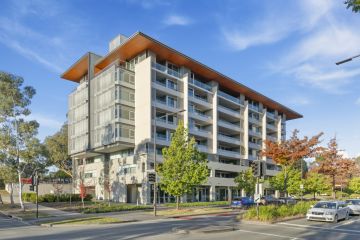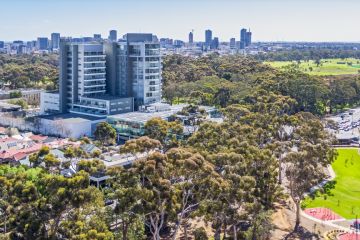How the property market slipped into a downturn in 2024
The Australian property market sometimes appears to defy gravity, but 2024 was a year when gravity caught up.
Prolonged high interest rates slowed buyer enthusiasm as the year wore on, and by the spring values in both Sydney and Melbourne were falling, while growth was slowing in the smaller capital cities.

The year played out in a tale of two halves, said CoreLogic head of Australian research Eliza Owen.
“At surface level, it looks like a resilient market, because national home values rose 5.5 per cent,” Owen said.
“But when you take a closer look at the dynamic of growth it was strong out of the gate and then weakened throughout the year.”
By the spring, the total number of homes listed for sale hit their highest levels since 2018, she said, giving buyers more choice. Properties were taking longer to sell and the auction clearance rate had weakened.
It was a contrast to the beginning of the year when hopes were high of an interest rate cut as soon as June that emboldened some buyers to bid harder.
“Because the promise of a rate reduction was pushed out over the course of the year – meanwhile buyers were still dealing with high interest rates, expensive housing and cost of living pressures – this has weighed on market performance over the course of the year,” Owen said.
By October, Sydney home values edged 0.1 per cent lower, the first monthly fall since the start of 2023, after months of slowing growth. Sydney also edged down in November, but finished the month 3.3 per cent higher than a year earlier.
Melbourne values spent the year in a subtle decline, weighed down by not only extended high interest rates but also the Victorian government’s higher land tax on secondary homes which deterred investors from buying and prompted some to sell. By November, Melbourne home values were 2.3 per cent lower over the past 12 months.

Over the year to November, growth was stronger in capitals that appeared to offer better value, reaching 12.1 per cent in Brisbane and 21 per cent in Perth.
High rates have not only limited how much money even relatively wealthy home buyers can borrow, but have also skewed buyers to the more affordable pockets of the market, Owen said.
For example, some buyers were prompted to consider units instead of standalone houses, she said.
Some buyers were also in a better position to negotiate prices down by the end of the year, she said – but those who were actually able to purchase had higher deposits than in previous years due to the borrowing constraints.
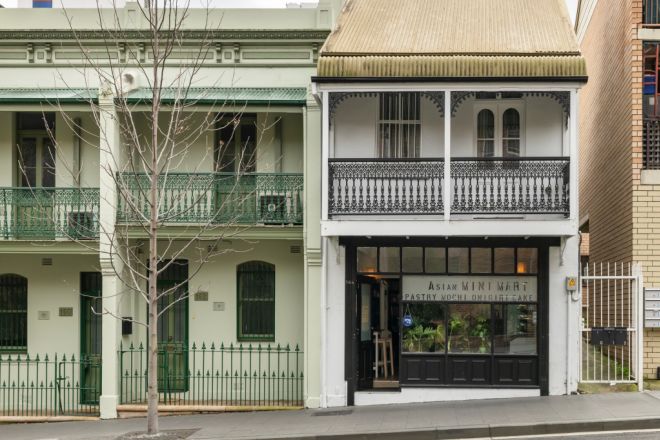
She expects limited interest rate relief in the coming year, and an ongoing challenge in clearing the deposit hurdle.
Westpac senior economist Matthew Hassan said all the major housing markets had slowed, and Sydney and Melbourne had flattened out as buyers baulked at high asking prices for properties.
“The markets clearly in Sydney and Melbourne again ran into affordability constraints,” he said, adding population growth has slowed too.
“There may have been some expectations that the RBA might be starting to ease rates this year, and it’s been pushed back, and that might have provided a bit more support that hasn’t been there.
“And we do think this flat patch and the slowdown that’s happening in the previously strong states will extend through the first half of next year before the easing cycle provides some support.”
He said there has been a build-up of homes for sale into the end of the year as buyers fall away.
Home owners are unlikely to be selling in distress – unable to meet mortgage repayments – but there are high levels of stress among borrowers trying to pay their mortgages, he said.
“We’re surviving, not thriving,” he said.
He added buyers will remain constrained into next year, as interest rate easing is likely to be modest – Westpac tips cuts in May, July and August – and that’s unlikely to improve affordability much.
PRD Real Estate chief economist Dr Diaswati Mardiasmo said although interest rates are high, they have been stable for just over a year which has helped those in the market to plan better than when rates were rising.
“It’s created stability so that people can plan and therefore they can actually look at their budget and work out repayments,” she said.
That stability helped new home owners to build equity, build their mortgage offset account and have a more stable household budget, she said.
But the buyer’s market has meant some are waiting to see if better properties are listed for sale rather than making fast decisions, she said, adding that it has also shifted demand towards units as prices rise.
“A lot of people are waiting for a cash rate cut.”
We recommend
States
Capital Cities
Capital Cities - Rentals
Popular Areas
Allhomes
More
- © 2025, CoStar Group Inc.

